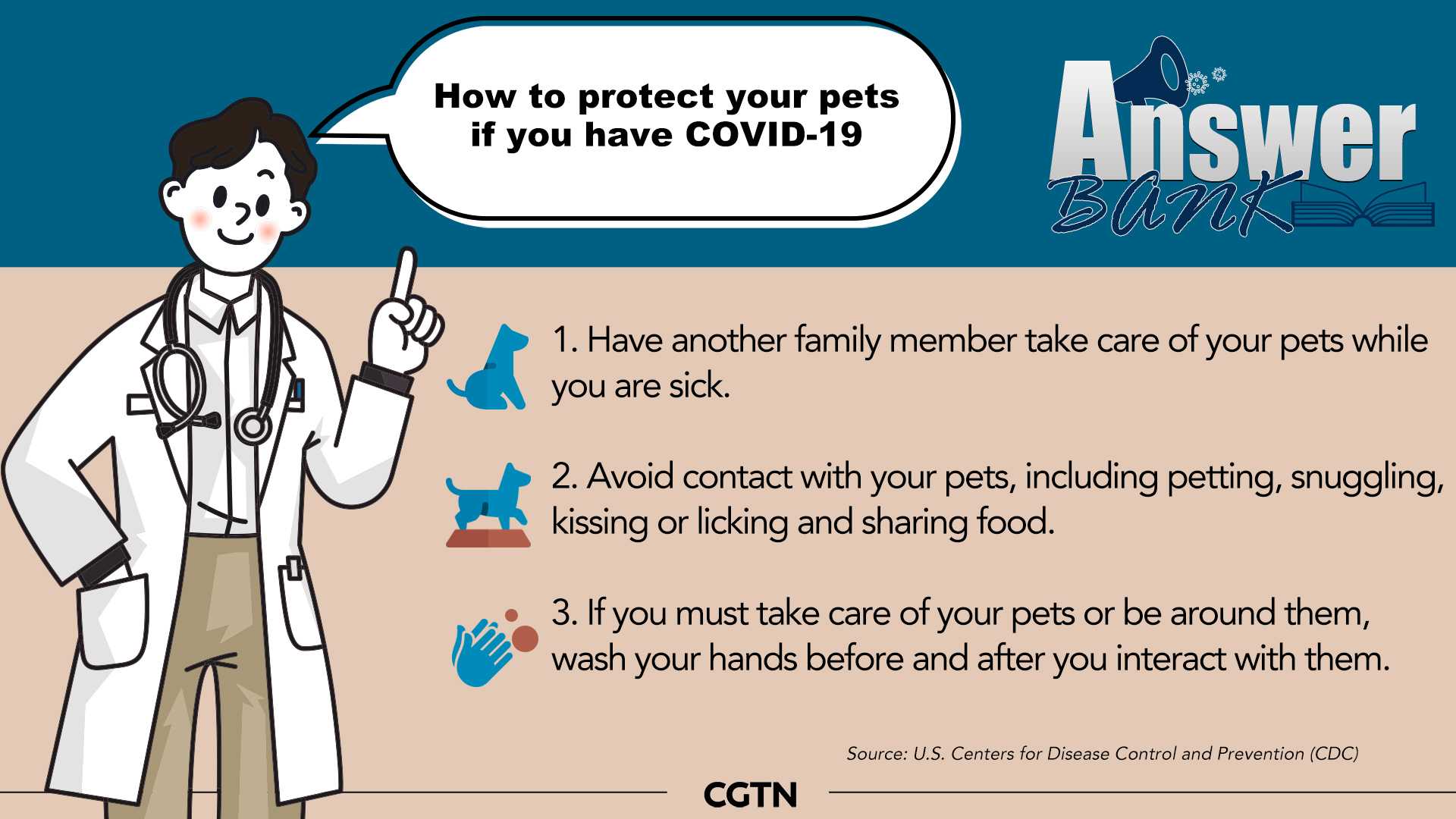Can Pets Get Norovirus from Humans?
Guide or Summary:Norovirus: A Brief OverviewTransmission of Norovirus from Humans to PetsImplications for Human and Animal HealthPreventive MeasuresIn recen……
Guide or Summary:
- Norovirus: A Brief Overview
- Transmission of Norovirus from Humans to Pets
- Implications for Human and Animal Health
- Preventive Measures
In recent years, the zoonotic potential of various diseases has become increasingly recognized, with pets playing a significant role in human health and well-being. One such concern that has emerged is the potential transmission of norovirus from humans to pets. This article delves into the intricacies of norovirus, its transmission pathways, and the implications for both human and animal health.
Norovirus: A Brief Overview
Norovirus, a genus within the Caliciviridae family, is a notorious pathogen responsible for a wide range of gastrointestinal illnesses known as viral gastroenteritis. It is highly contagious, with outbreaks frequently occurring in closed environments such as nursing homes, schools, and cruise ships. Norovirus primarily affects the stomach and intestines, causing symptoms such as nausea, vomiting, diarrhea, and stomach cramps.

Transmission of Norovirus from Humans to Pets
The transmission of norovirus from humans to pets is a complex process that involves several potential pathways. One of the primary routes of transmission is through direct contact with infected individuals. This can occur through physical contact, such as petting or handling, or through indirect contact, such as sharing contaminated food or water bowls.
The question of whether pets can contract norovirus from humans remains a topic of ongoing research. While there is limited direct evidence of pets contracting norovirus from humans, several studies suggest that pets may be susceptible to this pathogen. For instance, a study published in the Journal of Vetinary Diagnostic Investigation found that dogs exposed to norovirus-infected human stool exhibited gastrointestinal symptoms similar to those observed in humans.
Implications for Human and Animal Health
The implications of norovirus transmission from humans to pets are significant, both for human health and animal welfare. For humans, the risk of zoonotic transmission from pets to humans cannot be overlooked. Norovirus can be particularly dangerous for immunocompromised individuals and the elderly, who may be more susceptible to severe illness.

For pets, the impact of norovirus infection can range from mild gastrointestinal distress to severe illness. In some cases, pets may develop chronic norovirus infections, leading to long-term health complications. Moreover, the presence of norovirus in pets can pose a risk to other animals within the same environment, potentially leading to widespread outbreaks.
Preventive Measures
To mitigate the risk of norovirus transmission from humans to pets, several preventive measures can be implemented. These include practicing good hygiene, such as washing hands thoroughly after contact with infected individuals, and regularly disinfecting pet surfaces and items. Additionally, it is essential to ensure that pets have access to clean water and food, and to promptly address any signs of gastrointestinal illness in pets.
In conclusion, while the direct transmission of norovirus from humans to pets is not definitively established, the potential risks cannot be ignored. By understanding the mechanisms of transmission and implementing preventive measures, we can safeguard both human and animal health from this formidable pathogen. Continued research and vigilance are crucial in addressing the zoonotic potential of norovirus and ensuring the well-being of our beloved pets.
